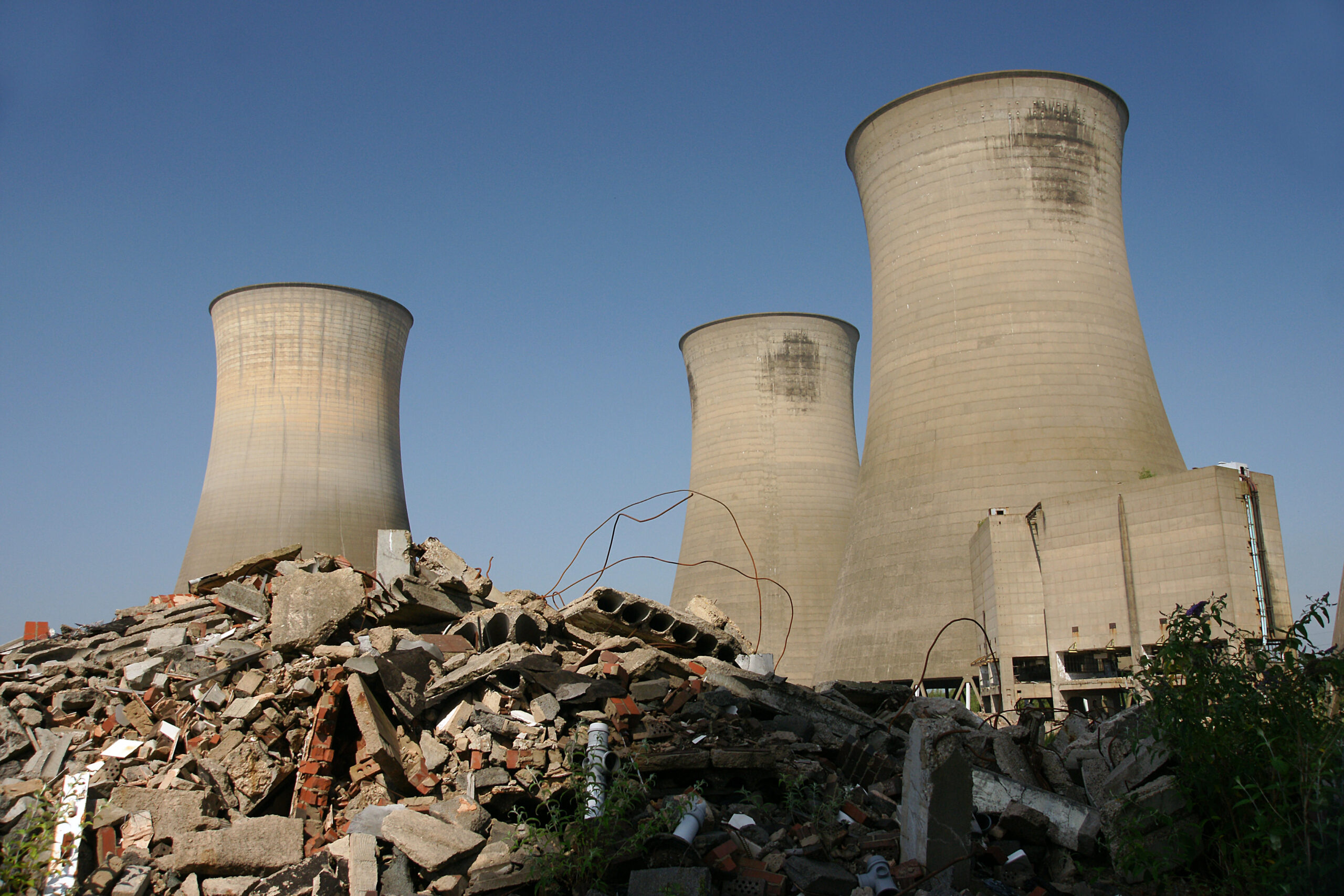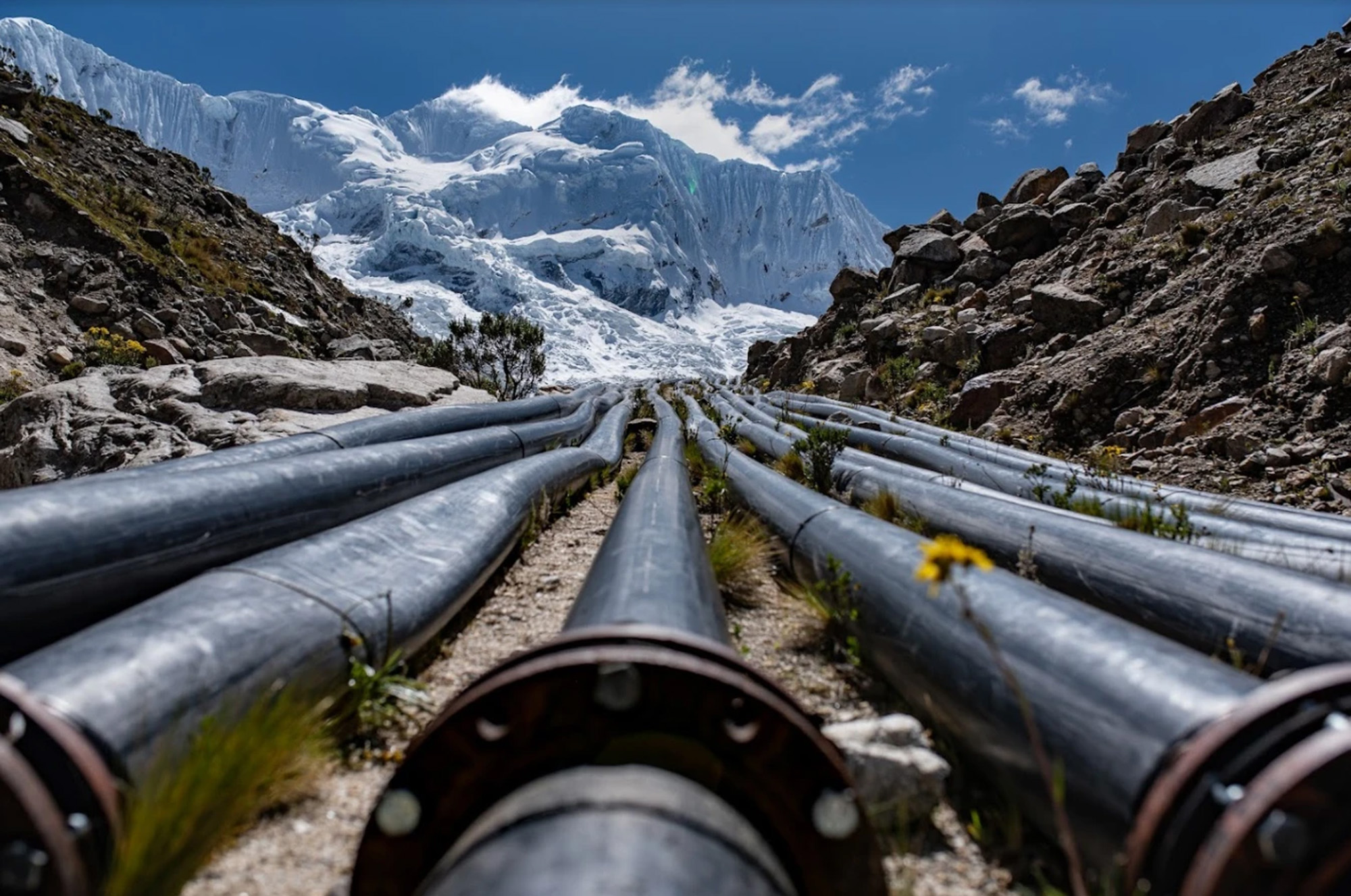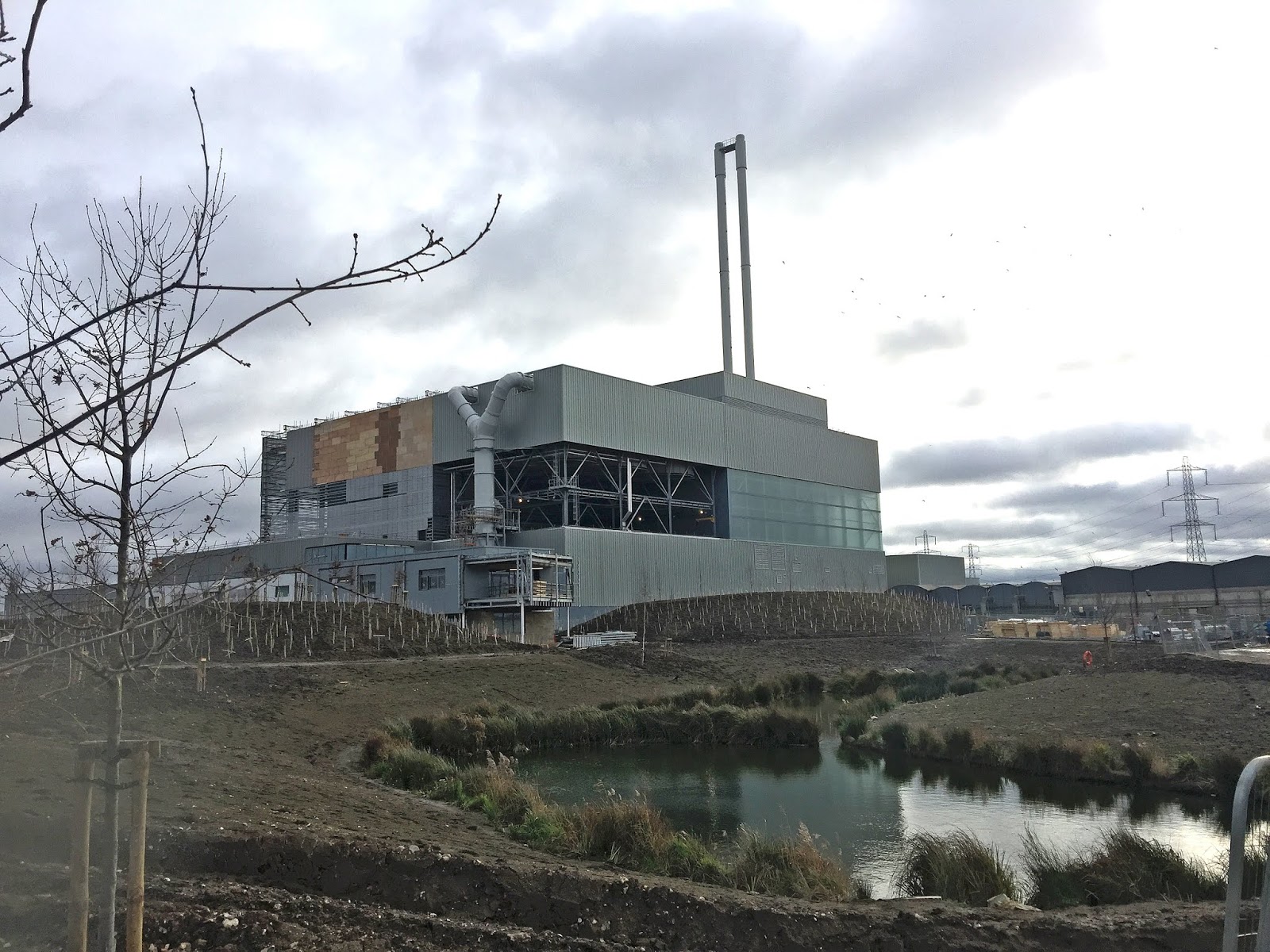When RWE bought UK power stations it acquired liability for hundreds of asbestos claims. The German energy giant now faces a deluge of lawsuits—as well as questions about its tactics.
Denise Roberts can still remember her mother, Lilian, shaking out her father’s overalls when he got home from the coal-fired power station in South London. Clouds of white dust would billow through the kitchen, settling over Lilian, Roberts and her three siblings.
“Dad would be covered in dust and dirt,” said Roberts, 61. “When he had a bath Mum said it left a rim of scummy dust afterwards.”
The white dust was asbestos. Once seen as a “magic” material for its insulating properties, it was delivered by the sackload to UK power stations, where workers mixed it with water to paste around pipes. In December 2020, Lilian, an active 81-year-old who volunteered as a school examination invigilator, began coughing. Within a year she was dead.
Her daughter has since joined other families of victims of mesothelioma—a deadly lung disease known as “overalls cancer” because of wives who died after washing their husbands’ work clothes—in suing the power company, RWE. The UK’s biggest electricity provider has faced more than 1,000 asbestos-related claims, leaving it open to millions in legal costs and damages.
RWE inherited liability for asbestos claims when it acquired National Power, a British electricity company, in 2002. The German energy giant has fought many of them in court—sometimes aggressively, using its own medical experts to challenge doctors testifying for complainants. In one case the company argued (incorrectly, the court ruled) that a victim’s lung damage was caused by coronavirus, not asbestos.
As its liabilities accumulate, RWE has also found itself at the centre of a controversy about research into asbestos-linked disease. SourceMaterial found that an academic paper criticised by scientists for downplaying the danger of asbestos was based on research paid for by the company.
Responding to questions from SourceMaterial and its partner, Süddeutsche Zeitung, a spokeswoman for RWE said that claims that it routinely seeks to rebut victims’ evidence are “not correct”. The company did not finance the paper directly and has no knowledge of how data gathered with RWE’s support was used, she said.
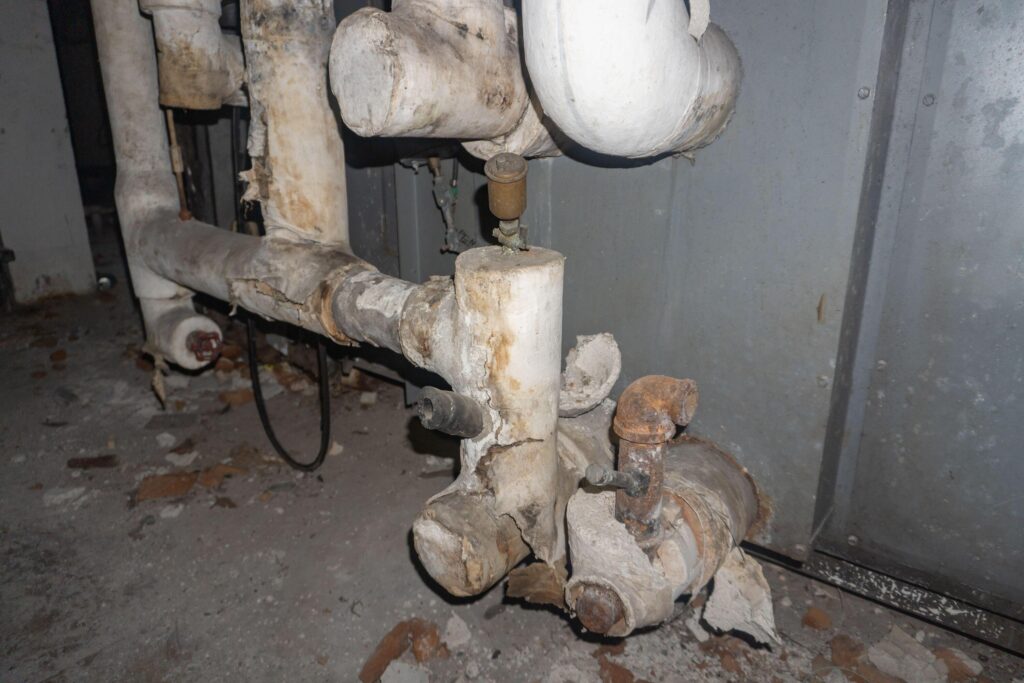
Mounting costs
In the UK, where about 5,000 people die of asbestos-related illness each year, one of the highest rates in the world, asbestos lawsuits against RWE continue to mount: the company has faced more than 1,000 claims since first investing in the UK over two decades ago, with around 90 filed since 2015, including six this year.
Case costs accumulate too. RWE might expect to pay lawyers between £10,000 to £15,000, medical experts around £3,500, and engineering experts between £7,000 to £10,000 a case, with total defence costs usually between £20,000 to £60,000, according to a lawyer at a firm involved in multiple claims against RWE.
Victorious claimants can expect settlements of around £150,000 each, according to lawyers familiar with the cases. RWE told SourceMaterial its insurance fund has paid £140 million in compensation over the last 25 years in the UK, two thirds of which were asbestos-related.
Three lawyers representing claimants against RWE, who spoke to SourceMaterial on condition of anonymity, said that the company routinely challenges medical and other evidence, which can delay the outcome of cases against it. Because the claimants are seriously ill, they sometimes die before compensation can be paid.
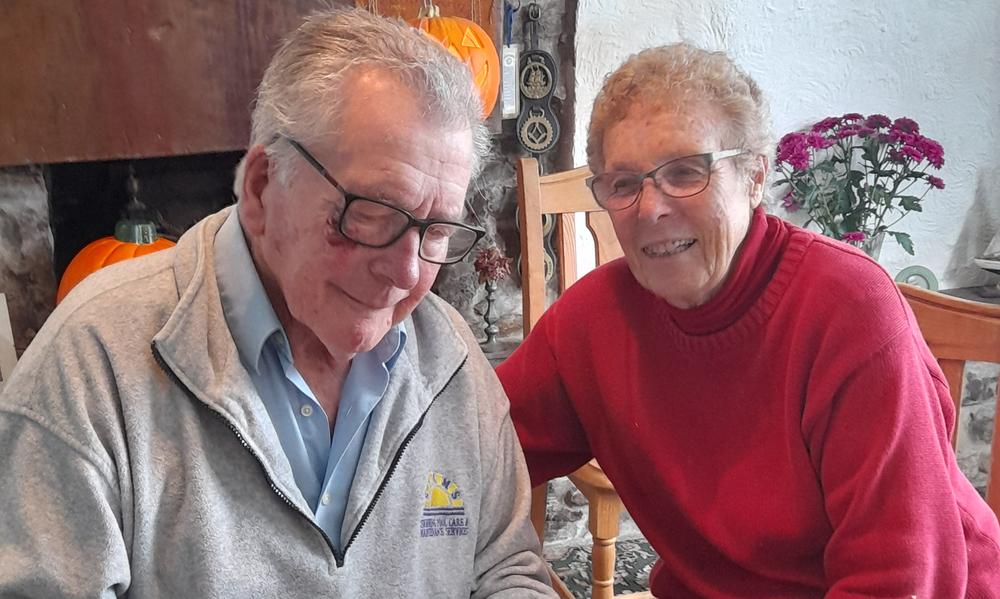
Keith Goy worked for 24 years at power plants whose owners were later bought by RWE. In 2018 his lawyer presented the court with a doctor’s assessment that his lung function was impaired by 15 to 20 percent. But RWE disputed the diagnosis, arguing that the medical evidence was “not agreed” and reserving the right to “obtain its own medical evidence”.
Eric Dickinson, a 79-year-old former power station worker, developed mesothelioma after crawling over asbestos lagging at Padiham, a coal-fired power station in Lancashire.
“He has suffered pain, coughing, breathlessness, weight loss, sleep disturbance, fatigue and pleural effusions requiring the insertion of chest drains,” his lawyers told the court.
RWE questioned Dickinson’s employment status, demanding proof that he had worked for its predecessor. Dickinson, who sought £500,000, died before the case concluded.
In a sample of eight cases reviewed by SourceMaterial, RWE rejected or challenged medical evidence in five of them. The company challenged some other form of evidence (such as employment status or care costs) in all cases but one.
RWE’s spokeswoman said that most asbestos claims against the company are “accepted without challenge” and “settled amicably”, and that legal action is taken only in “complex” cases. It is “not correct” that the company denies and challenges the statements of asbestos victims, and medical experts are “very rarely called upon”, she said.
RWE exercises its rights in court according to due legal process and any compensation is paid by its insurance fund, not by the company, she said.
‘Not plausible’
RWE has also become embroiled in a scientific controversy after it emerged that data it paid for supported a report criticised by experts for underestimating the danger of asbestos.
In March 2017, a study in the American Journal of Industrial Medicine provoked an outcry among some scientists when it found “no significant association between lung function and asbestos exposure”.
“It is not plausible,” said Xaver Baur, a former Hamburg University professor who led a critical response to the paper. It “doesn’t make sense” to say that asbestos does not cause lung disorders, he said.
The research was funded by “unrestricted grants from the medical faculty” at RWTH Aachen, a university in North Rhine-Westphalia, the German region where RWE is headquartered, the publishers said. Only five months later, following complaints from Baur’s team, was the text updated to show that data for the study was gathered in a programme paid for by RWE and its German insurer.
“It doesn’t make sense”
A spokeswoman for RWE told SourceMaterial that while the company had funded the initial data gathering as part of a €500,000 contribution to asbestos research at Aachen, it had no involvement in the publication.
“The study was neither commissioned nor financed by RWE. The content of the study was not known to us until now and therefore has no influence on the behaviour of our company,” she said.
A co-author of the study, Thomas Kraus, said that the collaboration began when a doctor working with RWE approached him to set up an early illness detection programme for former employees. The project had led to a “significant reduction in the number of unreported cases”, he said.
Christian Schikowsky, the study’s lead author, said that his team had worked independently and made RWE’s role clear to the publisher from the outset.
“There was never any contact with RWE regarding the evaluations,” he said. “RWE only financed the research programme from which the data emerged.”
‘Vested interests’
But the links between one of Germany’s biggest companies and contentious research raise questions about the blurred boundaries between industry and science, according to Barry Castleman, an environmental health consultant who has worked as an expert witness in asbestos compensation lawsuits.
“It is deeply lamentable that large power producers with their lawyers and lobbyists are taking an ever increasing role in supporting scientific research,” he said. “In an ideal world, companies would spend this money to compensate victims of occupational diseases.”
RWE has particularly strong ties with RWTH Aachen. A database compiled by Digital Science, a research technology company, contains 57 publications authored by Aachen academics and citing RWE in the acknowledgements.
In 2022 SourceMaterial revealed that RWE funded an Aachen study that questioned the effect of climate change on a glacier in Peru, where a farmer sued the company, claiming its emissions put his home at risk from floods.
“It is a tactic of industry to support research in a way that promotes an outcome of their interest,” said Leslie McIntosh, head of research integrity at Digital Science.
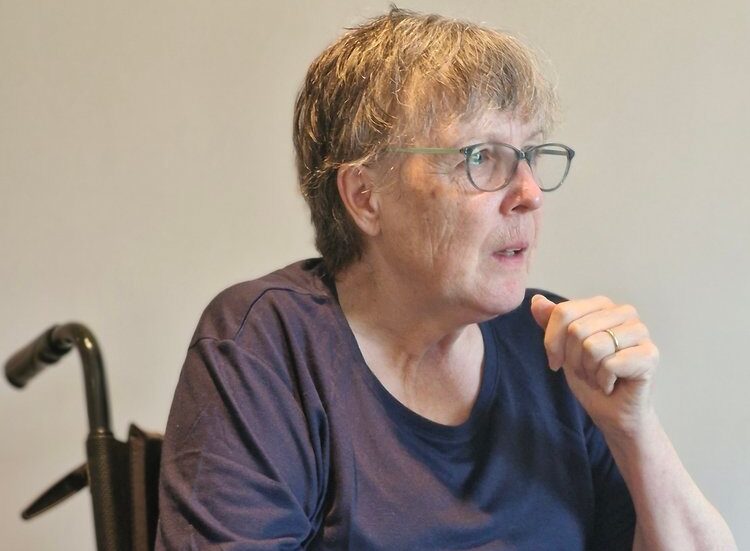
Other scientists were right to question Aachen’s asbestos methodology, she said, explaining that the researchers’ decision to exclude certain workers with lung damage meant they “ended up looking at people with the least exposure to asbestos and who seemed healthy”.
The authors usd a “highly selective” group of participants at a single point in time, increasing the risk of a “healthy worker effect” where “the scientist only studies those who survive and can participate in a study”, said Baur, the Hamburg professor.
Even the title of the paper, “Lung function not affected by asbestos exposure in workers with normal computed tomography scan”, is framed in a way that “likely overstates the results”, said Jennifer Jacquet, an environmental scientist at the University of Miami. This alone should have been enough to make the journal’s editor question the authors, she said.
“Industry or corporate funding comes with a unique set of pressures, from an entity that is very conflicted,” Jacquet said.
In an email to SourceMaterial, Schikowsky stood by his methodology, saying that the selected group was “very heterogeneous”. A spokesperson for the American Journal of Industrial Medicine said that the initial failure to disclose RWE’s role was an “error” and did not respond to further questions.
Official guidelines
The RWE-linked asbestos research may already be having an impact. It now forms part of Germany’s official medical guidelines for diagnosing asbestos-related diseases.
The study has also been cited by the International Chrysotile Association, a lobby group that says less harmful forms of asbestos can be “used safely” despite being banned in more than 60 countries.
“The potential fallout for patient care is real,” said Christine Oliver, an occupational and environmental health scientist at the University of Toronto. “The study suggests you can just take a normal chest CT scan and, based on this article, that there’s nothing more to worry about, that you don’t need to follow up this patient like you would otherwise.”
Kraus, the co-author, told SourceMaterial that the study’s conclusions were consistent with other academic work. RWE’s spokeswoman said that the guidelines were drawn up by “committees of leading experts completely independently of our company”.
For Denise Roberts, it’s all too late. Her lawsuit ended in disappointment when, after a long battle, RWE paid £120,000, about a third of the damages she was seeking—a sum she says did not cover the costs of caring for her parents. She now has motor neurone disease, a degenerative condition exacerbated, she suspects, by the stress of her two-year legal battle.
“That’s what really angers me,” she said. “They continue to draw out these court cases, knowing that most claimants have little time left, hoping to save money.”
Headline picture: Thorpe Marsh power station in north Yorkshire, where some of the claimants against RWE were employed. (Alamy)
